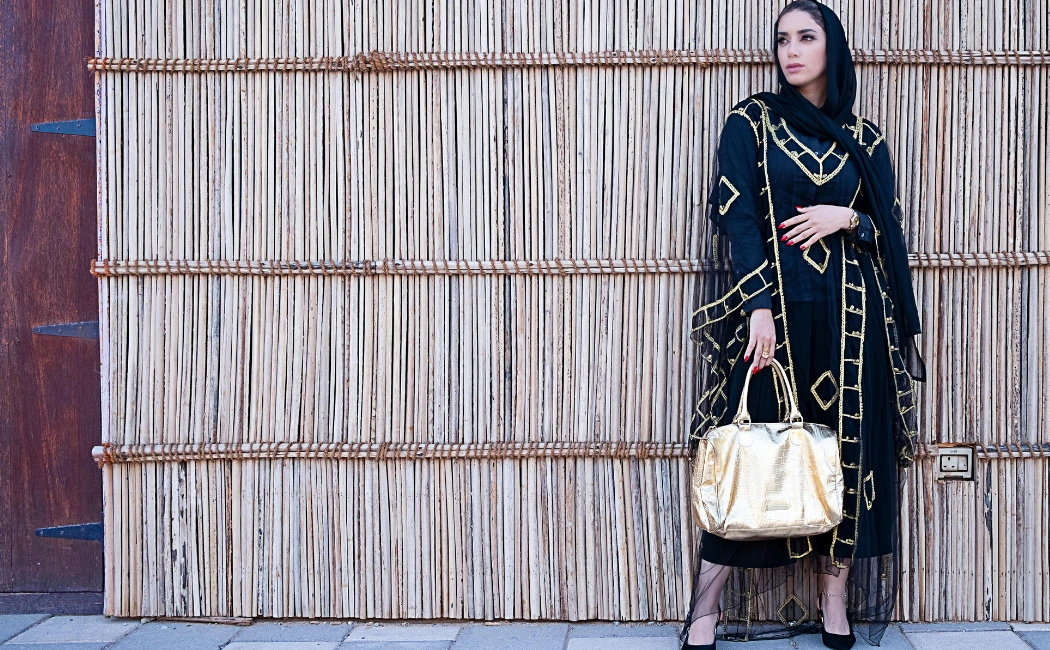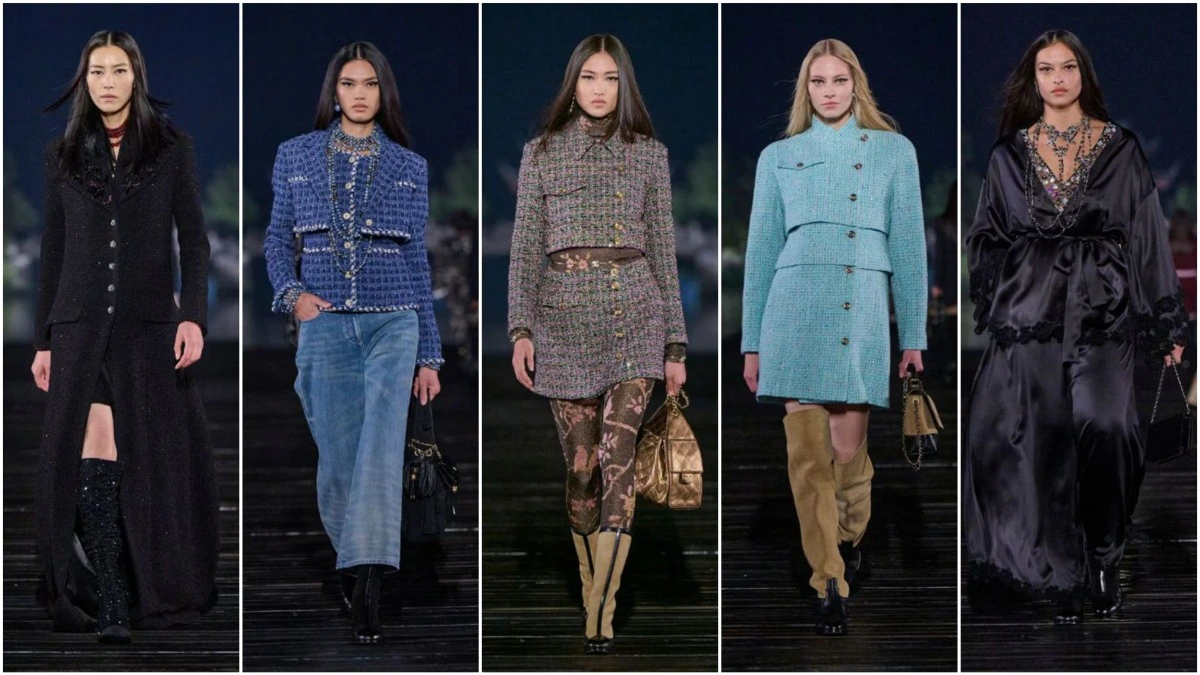The abaya, a traditional garment in the Middle East, is a stunning embodiment of the region’s rich cultural heritage and Islamic traditions.
With a history spanning centuries, this elegant and modest garment has evolved to become a symbol of dignity, sophistication, and faith.
You May Also Like: The Impact of Social Media on Fashion: Influencers and Trends
History of Abaya
The abaya’s origins date back to the 7th century, during the Islamic Golden Age.
Initially worn as a simple, loose-fitting robe, the abaya was designed to promote modesty and humility.
Evolution of Abaya
Over time, the abaya underwent significant transformations:
- Ottoman Empire (1299-1924): Abayas became more ornate, reflecting Turkish and Persian influences.
- Arabian Peninsula (18th-20th centuries): Abayas simplified, emphasizing modesty and practicality.
- Modern Era (20th-21st centuries): Abayas evolved, incorporating contemporary designs and fabrics.
Types of Abaya
- Traditional Abaya: Simple, loose-fitting design, often in black or neutral colors.
- Modern Abaya: Stylish, fitted designs with intricate embroidery and patterns.
- Regional Abaya: Variations from different countries, such as Emirati, Saudi, or Kuwaiti.
Abaya Components
- Fabric: Traditionally made from cotton, wool, or silk.
- Embroidery: Intricate patterns and designs adorning the garment.
- Hijab: Headscarf worn with the abaya.
- Accessories: Jewelry, belts, or shoes complementing the abaya.
Symbolism and Significance
The abaya holds deep symbolic meaning:
- Modesty: Embodying Islamic values of humility and modesty.
- Cultural identity: Representing Middle Eastern heritage and traditions.
- Faith: Symbolizing devotion to Islam.
- Dignity: Reflecting the wearer’s self-respect and confidence.
Modern Abaya Trends
While traditional abaya remains timeless, modern adaptations have emerged:
- Fusion of traditional and contemporary designs.
- Innovative fabrics and textures.
- Bold, vibrant colors.
- Abaya-inspired fashion.
Notable Middle Eastern Designers
- Dubai-based Michael Cinco: Renowned for stunning, modern abaya designs.
- Saudi Arabian designer, Mohammed Ashi: Acclaimed for his elegant, hand-embroidered abayas.
- Kuwaiti designer, Abdullah Al-Mutairi: Respected for his avant-garde, abaya-inspired collections.
Abaya Etiquette
- Wear with dignity: Respect the cultural heritage.
- Choose wisely: Select an abaya fitting the occasion.
- Accessorize thoughtfully: Balance bold abaya with subtle accessories.
Preserving Cultural Heritage
Efforts to preserve abaya traditions include:
- Cultural events: Showcasing traditional abaya and attire.
- Museums and exhibitions: Displaying historic abaya collections.
- Workshops and classes: Teaching traditional abaya-making techniques.
Conclusion
The abaya is a breathtaking representation of the Middle East’s cultural heritage, Islamic traditions, and timeless elegance.
By understanding and appreciating this national treasure, we can gain a deeper appreciation for the region’s history, values, and beauty standards.
References:
- “The Abaya” by The Metropolitan Museum of Art.
- “A History of Abaya” by Al Jazeera.
- “Abaya: A Cultural Icon” by The Culture Trip.
- “Modern Abaya Trends” by Vogue Arabia.
- “The Art of Abaya” by Harper’s Bazaar.










